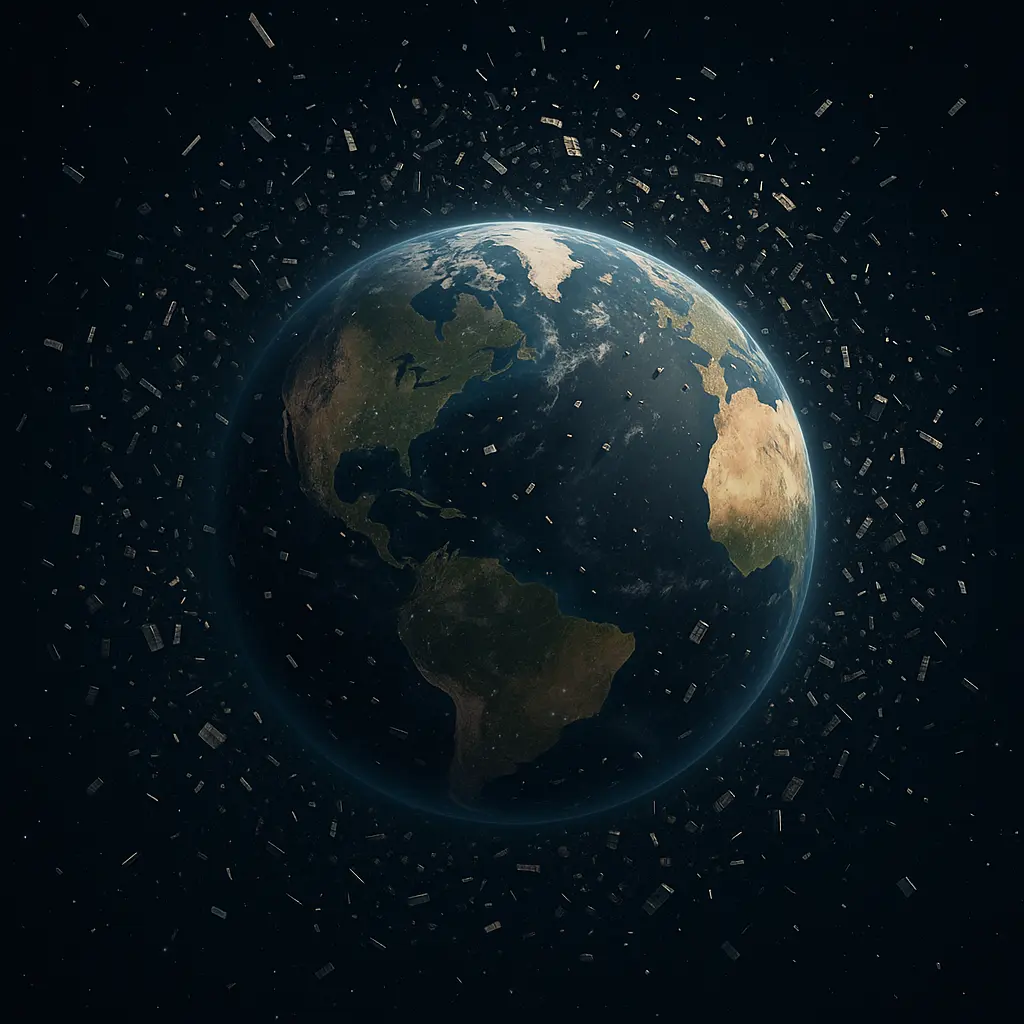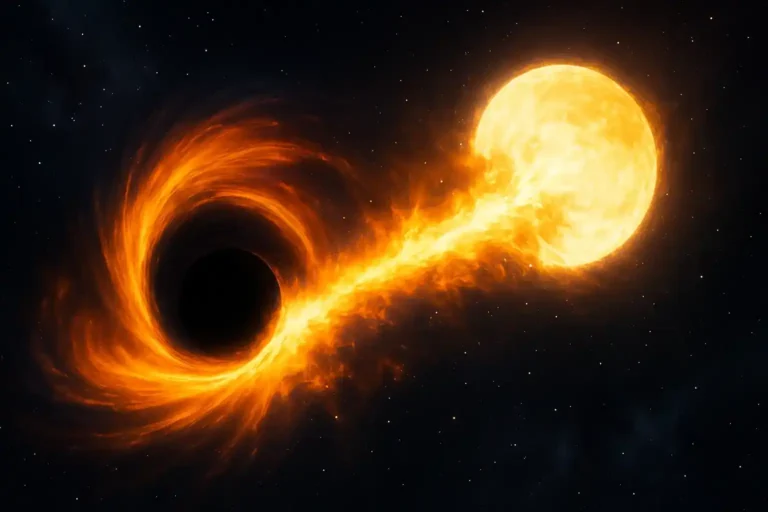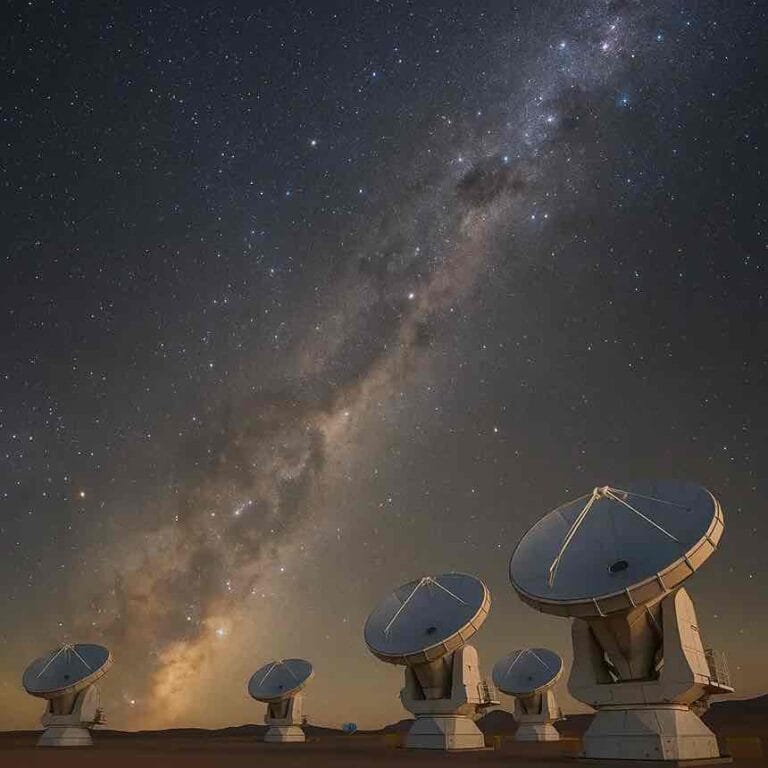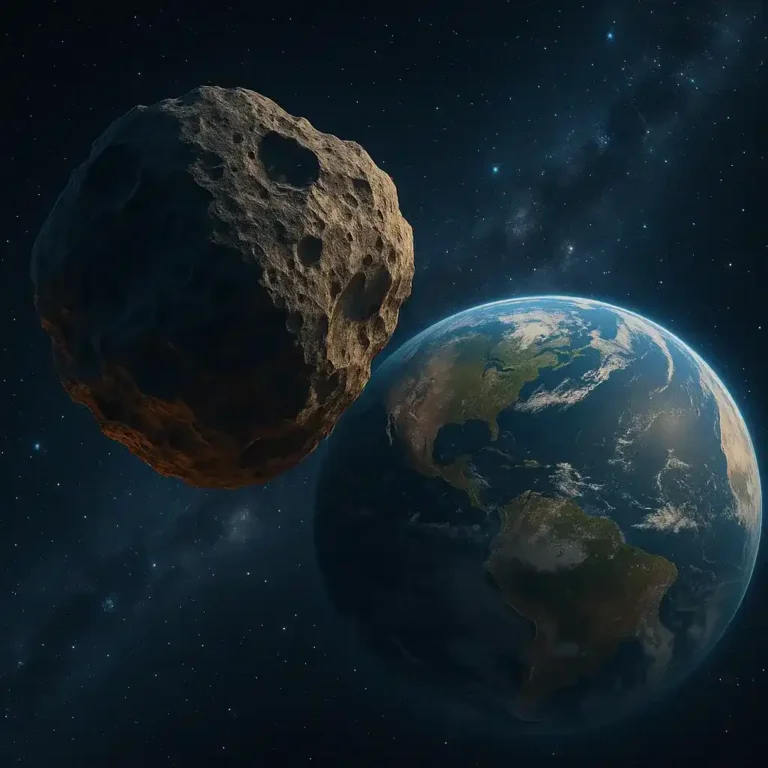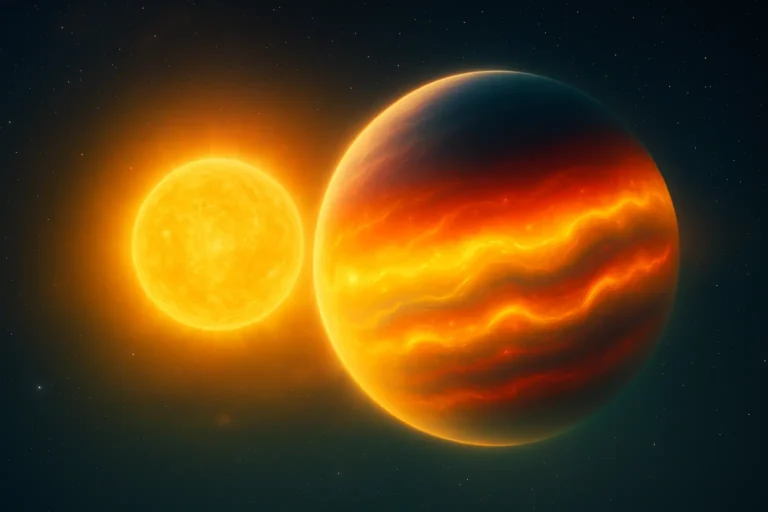The number of satellites orbiting our planet has reached an astonishing 14,000, but not all of them are operational. Many have turned into what scientists call space debris, a growing cloud of abandoned objects circling Earth at high speed. This invisible threat now endangers active satellites, astronauts, and the very sustainability of space.
Also read: Scientists Detect a Strange Gravity Signal Rising from Deep Within Earth After 20 Years of Silence
The Rise of Space Debris in Earth’s Orbit
Every year, more satellites are launched for communication, navigation, and internet connectivity. Yet, many of these missions leave behind remnants—burned-out boosters, broken parts, and even entire satellites that no longer work. According to space agencies, thousands of pieces larger than 10 centimeters are already being tracked, while millions of smaller fragments remain invisible to radar.
This accumulation has created a congested orbital environment. A single collision between objects can trigger a chain reaction, producing more debris and further increasing the risk of future crashes—a scenario known as the Kessler Syndrome. Once this cascade begins, it could make certain orbits unusable for decades.
The Hidden Dangers Above
The threat posed by space debris isn’t science fiction. Even a bolt the size of a marble can hit an active satellite at 17,000 miles per hour, causing catastrophic damage. The International Space Station routinely performs “debris avoidance maneuvers” to protect astronauts from potential impacts.
The consequences are not just technical. Space debris can disrupt GPS systems, global communications, and weather forecasting. A severe collision could even cripple critical satellite networks that modern society depends on daily. Space, once a symbol of progress, risks becoming a polluted junkyard if left unchecked.
Global Efforts to Clean Up Space Debris
To combat this growing crisis, agencies like NASA and the European Space Agency are developing cleanup technologies. Some proposed methods include robotic arms that capture old satellites, lasers that push debris into Earth’s atmosphere, and self-destruct systems that allow satellites to safely deorbit after their mission ends.
Private companies are also stepping in, designing “space tow trucks” to collect or redirect inactive satellites. Meanwhile, international guidelines now require new spacecraft to have end-of-life plans to prevent them from becoming debris.
These efforts highlight a shift in thinking: space is no longer a limitless frontier, but a shared environment that must be managed responsibly—just like Earth’s oceans or atmosphere.
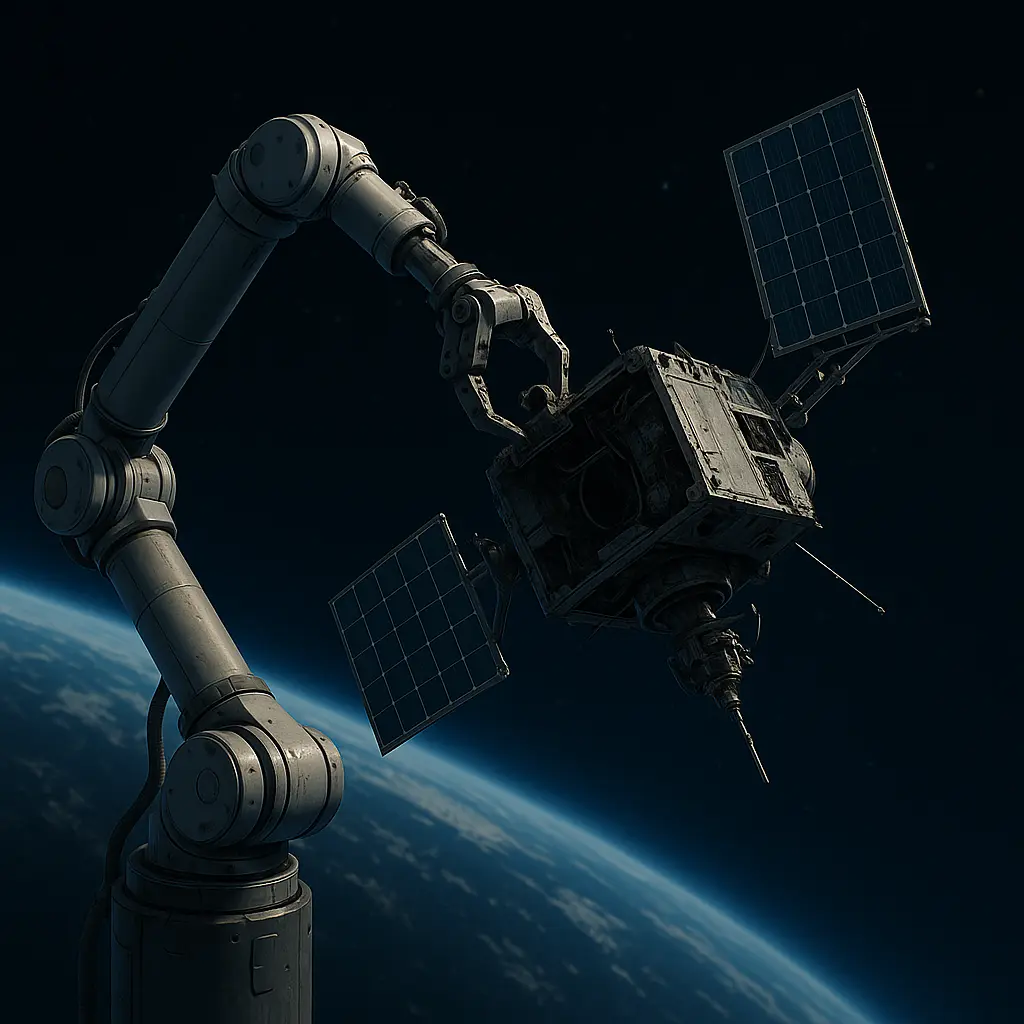
A Future Beyond Orbital Junk
If humanity wants to continue exploring and benefiting from space, it must find sustainable ways to handle space debris. The challenge is immense, but so is our ability to innovate. Cleaning Earth’s orbit will require global cooperation, stricter policies, and the same creativity that once propelled us to the stars.
In the end, our technological legacy in orbit will reflect how wisely we balance ambition with responsibility. The cleanup of space debris isn’t just about protecting satellites—it’s about preserving the future of exploration itself.[1]
Also read: The Thrill and Freedom of a Man Diving from Cliff into Blue Ocean: A Moment of Pure Adventure

